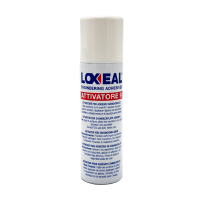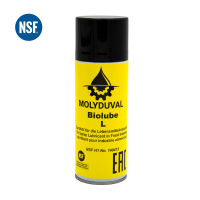FAQ — Silicone Oils
1) What is silicone oil?
Silicone oil is a clear, inert, synthetic liquid based on polysiloxane (siloxane) polymers. It offers excellent thermal stability, low surface tension, and good electrical insulation.
2) What are the key properties?
Wide service temperature: typically −50 °C to +200 °C (higher with specialty grades)
Oxidation and UV resistance
Water-repellent (hydrophobic)
Electrically insulating and dielectrically stable
Low volatility (depending on viscosity) and very low surface tension
3) Which viscosities are available?
Common kinematic viscosities range from ~10 cSt up to 1,000,000 cSt. Lower cSt flows easily for light lubrication and wetting; higher cSt provides damping and thicker films.
4) Where are silicone oils used?
Industrial: lubricants, release agents, damping/gear oils, hydraulic fluids, heat transfer media
Electronics: dielectric fluids, potting/wet-out aids, thermal control (with suitable grades)
Personal care/medical: emollients, conditioning agents (use only appropriate, certified grades)
Food-contact equipment: release and lubricant uses with food-grade approvals (where applicable)
5) How do silicone oils compare to mineral oils?
They maintain viscosity across temperature swings better, resist oxidation, provide superior dielectric properties, and wet surfaces more uniformly. Mineral oils can offer lower cost and different solvency profiles.
6) Are silicone oils safe?
They are generally non-toxic and chemically inert. For food, cosmetic, or medical use, select certified grades (e.g., food-grade, pharma/cosmetic grade) that meet the required regulations.
7) Are they compatible with plastics, elastomers, and paints?
Silicone oils are typically compatible with many plastics and rubbers, but can cause swelling in certain materials (e.g., some silicones, fluorosilicones). Always run a small-scale compatibility test on seals, hoses, and coatings.
8) What about heat transfer and damping applications?
High-purity, thermally stable grades are used as heat transfer fluids in moderate-temperature systems. High-viscosity grades provide smooth damping in actuators, dashpots, and precision mechanisms.
9) How should silicone oil be stored and what is the shelf life?
Store in tightly closed containers at 5–30 °C, away from moisture and direct sunlight. Typical shelf life is 24–36 months from manufacture (check your product’s SDS/TDS).
10) How do I dispose of silicone oil?
Follow local regulations for chemical waste. Do not discharge to drains or the environment. Use licensed waste handlers.
11) Do you supply food- or medical-grade silicones?
Yes—select grades are available with relevant approvals. Provide your application details (temperature, contact type, viscosity) so we can match an appropriate compliant product.























